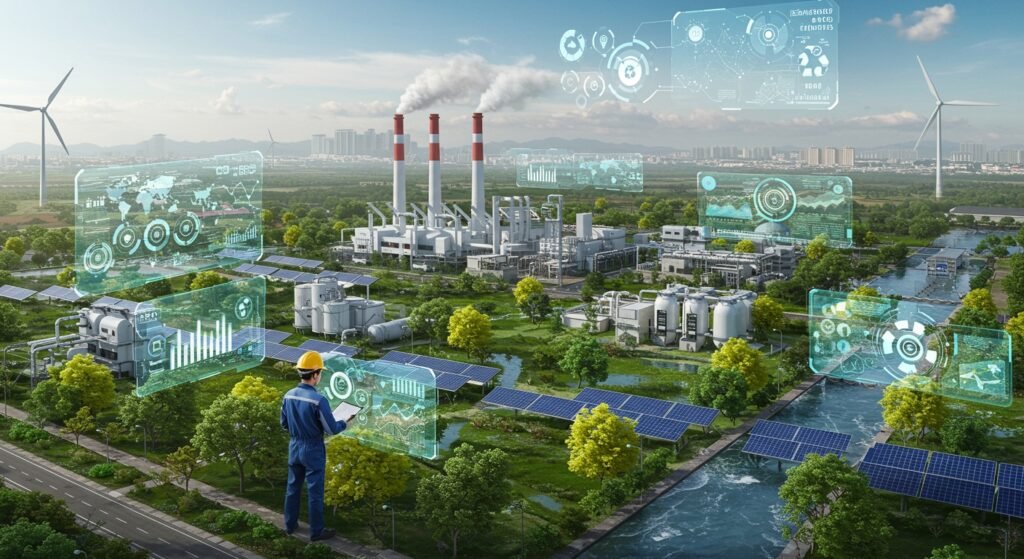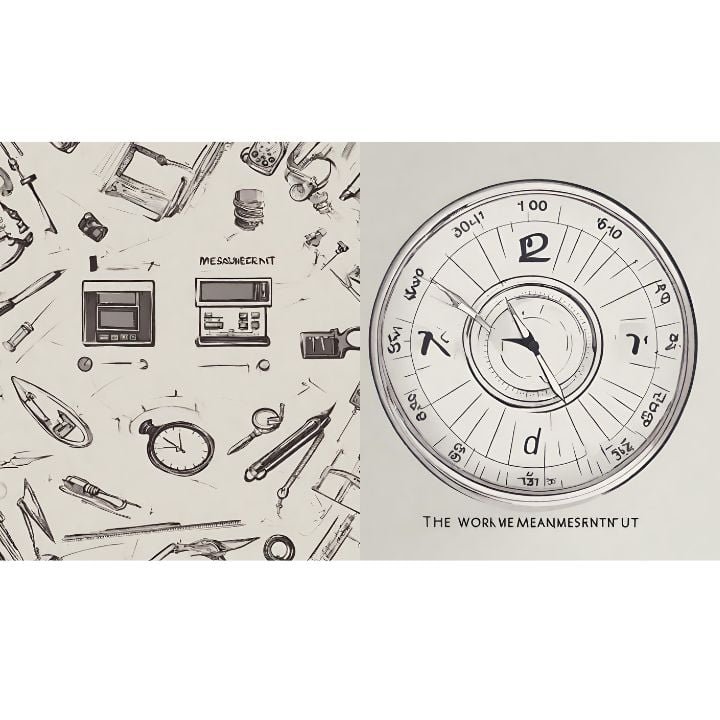Green Industrial Engineering: Designing a Sustainable Future
In an era defined by environmental consciousness and resource scarcity, the concept of sustainability has transcended mere rhetoric to become a critical imperative for industries worldwide. At the forefront of this transformative shift is green industrial engineering – a discipline dedicated to integrating environmental considerations into the design, operation, and management of industrial systems. It’s not just about compliance; it’s about pioneering innovative solutions that minimize ecological footprint while maximizing economic viability and social responsibility. This approach promises a future where industrial progress and planetary health are not mutually exclusive, but intrinsically linked.
Table of Contents
- What is Green Industrial Engineering?
- Core Principles of Green Industrial Engineering
- Key Pillars of a Sustainable Industrial Future
- Benefits of Adopting Green Industrial Practices
- Challenges and the Path Forward
- The Future is Green: A Call to Action
What is Green Industrial Engineering?
Green industrial engineering is a specialized field that applies engineering principles to enhance the environmental performance of industrial processes and products throughout their entire lifecycle. It moves beyond traditional industrial engineering by explicitly incorporating ecological and social factors alongside economic ones. The goal is to design systems that are not only efficient and productive but also sustainable, reducing pollution, conserving resources, and promoting responsible consumption and production. This holistic approach ensures that industrial growth contributes positively to society without compromising the environment for future generations.
Core Principles of Green Industrial Engineering
At its heart, green industrial engineering is guided by several core principles:
- Lifecycle Assessment (LCA): Evaluating the environmental impacts of a product or process from raw material extraction to disposal.
- Pollution Prevention: Focusing on preventing waste and emissions at the source rather than treating them after they occur.
- Resource Efficiency: Optimizing the use of energy, water, and materials to minimize waste and maximize value.
- Eco-Design: Designing products and processes to be environmentally friendly throughout their entire lifecycle, often incorporating principles of recyclability, reusability, and reduced toxicity.
- Industrial Symbiosis: Creating networks where waste from one industrial process becomes a valuable input for another.
Key Pillars of a Sustainable Industrial Future
Building a truly sustainable industrial future requires a multi-faceted approach, underpinned by several critical pillars that redefine how industries operate.
Eco-Efficiency and Resource Optimization
Eco-efficiency is about doing more with less – delivering competitively priced goods and services that satisfy human needs and bring quality of life, while progressively reducing environmental impacts and resource intensity throughout the entire lifecycle. This involves streamlining processes, optimizing material usage, and adopting technologies that minimize energy consumption. From smart manufacturing systems to advanced analytics, industries are leveraging innovation to achieve higher output with a smaller ecological footprint, directly impacting profitability and environmental stewardship.
Circular Economy Integration
Moving away from the linear ‘take-make-dispose’ model, the circular economy is a restorative and regenerative system by design. Green industrial engineers play a crucial role in designing products for durability, repairability, and recyclability, and in creating systems for materials to be reused, remanufactured, or recycled back into the economy. This closed-loop system reduces waste, minimizes virgin resource extraction, and fosters innovative business models centered on product-as-a-service or sharing platforms.
Renewable Energy Adoption
Transitioning from fossil fuels to renewable energy sources like solar, wind, and geothermal is paramount for reducing carbon emissions and achieving energy independence. Green industrial engineering focuses on integrating these clean energy solutions into industrial operations, optimizing energy grids, and developing efficient energy storage systems. This shift not only mitigates climate change but also offers long-term operational cost savings and enhances energy security.
Waste Reduction and Pollution Prevention
At its core, green industrial engineering prioritizes minimizing waste generation and preventing pollution at every stage of production. This includes redesigning processes to use fewer hazardous materials, implementing advanced filtration systems, and developing strategies for responsible waste treatment and disposal when prevention isn’t possible. The aim is to create cleaner production cycles that protect ecosystems and human health from harmful industrial byproducts.
Benefits of Adopting Green Industrial Practices
Embracing green industrial engineering offers a myriad of benefits beyond environmental protection, creating a compelling case for its widespread adoption:
- Enhanced Brand Reputation: Consumers increasingly prefer environmentally responsible companies, boosting brand loyalty and market appeal.
- Cost Savings: Reductions in energy, water, and material consumption, along with lower waste disposal costs, lead to significant operational savings.
- Regulatory Compliance and Risk Reduction: Proactive environmental management reduces the risk of penalties, legal issues, and negative publicity.
- Innovation and Competitive Advantage: Developing sustainable solutions often sparks innovation, opening new markets and creating a competitive edge.
- Improved Employee Morale: Employees are often proud to work for companies committed to environmental and social responsibility.
Comparative Benefits of Green Practices
| Benefit Category | Traditional Approach | Green Industrial Engineering |
|---|---|---|
| Environmental Impact | High pollution, resource depletion | Reduced emissions, resource conservation |
| Cost Efficiency | Fluctuating resource costs, disposal fees | Lower utility bills, material savings |
| Innovation | Incremental product improvement | Disruptive, sustainable solutions |
| Brand Perception | Focus on price/quality only | Strong CSR, positive public image |
| Regulatory Risk | High potential for non-compliance | Proactive compliance, lower risk |
Challenges and the Path Forward
Despite its clear advantages, the transition to widespread green industrial engineering faces several challenges, including high initial investment costs for new technologies, a lack of standardized metrics for sustainability, and resistance to change within established industries. However, these obstacles are being overcome through supportive government policies, increasing consumer demand for sustainable products, and technological advancements that make green solutions more accessible and cost-effective.
To accelerate this transition, collaboration between academia, industry, and policymakers is crucial. For further insights into broader environmental policies, consider exploring resources like the U.S. Environmental Protection Agency (EPA). Furthermore, understanding the fundamental principles of sustainable product development, often referred to as eco-design, is vital. You might find our article on Eco-Design Principles a valuable resource.
The Future is Green: A Call to Action
The imperative for green industrial engineering is undeniable. As the global population grows and resource demands intensify, industries must adapt to more sustainable paradigms. This isn’t just an environmental choice; it’s an economic necessity and a moral obligation. By embracing innovative green practices, industries can not only mitigate their impact on the planet but also unlock new avenues for growth, efficiency, and resilience in a rapidly changing world.
Conclusion
Green industrial engineering is revolutionizing how we approach industrialization, proving that economic prosperity and environmental stewardship can go hand-in-hand. By focusing on principles like eco-efficiency, circularity, and renewable energy, industries are charting a course towards a more sustainable and equitable future for all.


